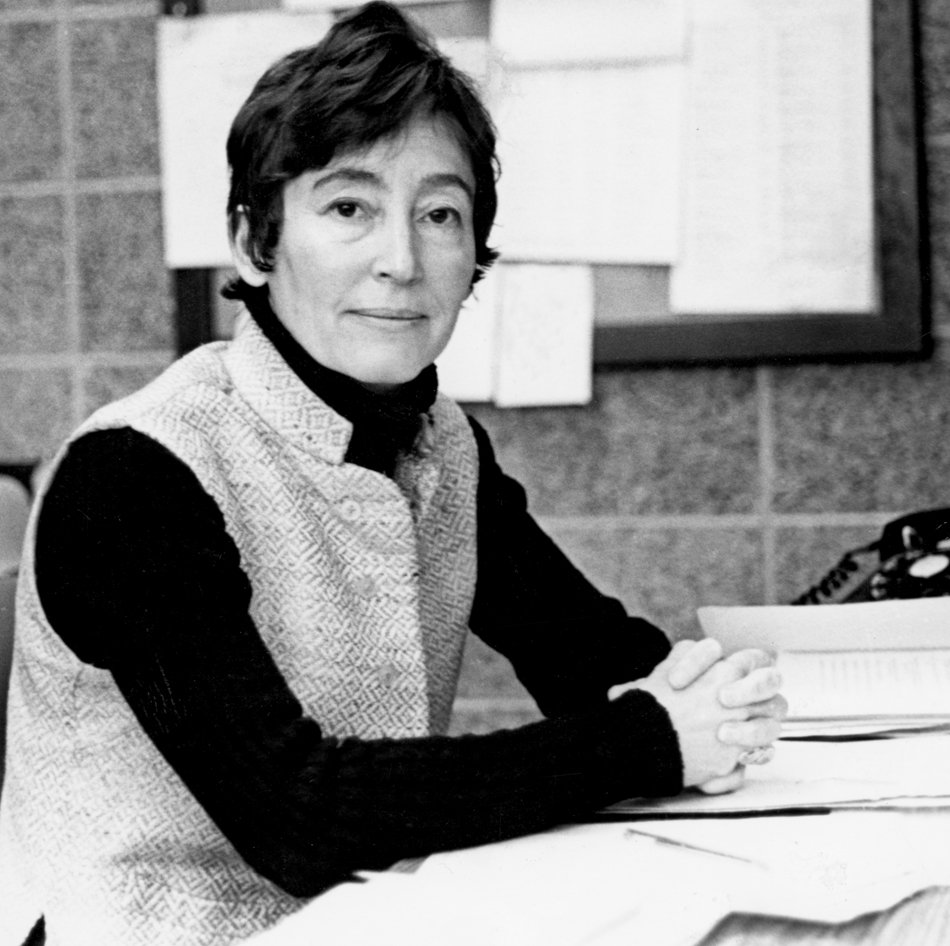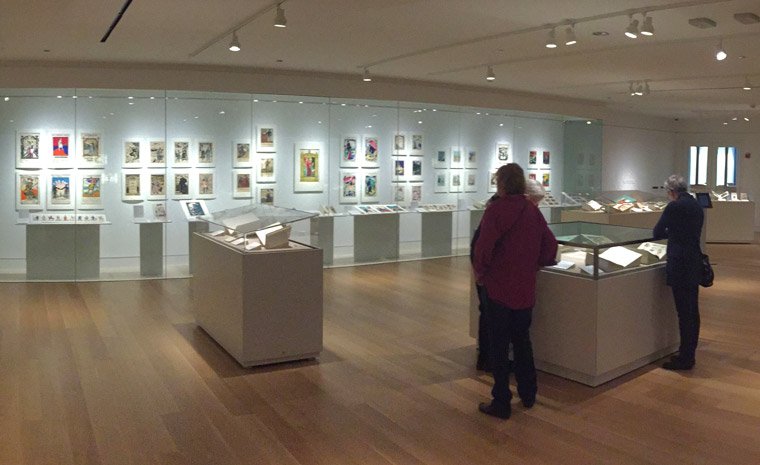Visionary Scholars
The Chicago Pioneers
South Asia has been a focus of scholarly attention at the University of Chicago since its opening in 1892. Carl Darling Buck, a Sanskrit scholar and chair of the Department of Sanskrit and Indo-European Comparative Philology, initiated a tradition of eminent scholarship in South Asian languages that continues to this day.
Whereas the early academic focus was on ancient languages, World
War II changed the field by creating a pressing need for expert
knowledge in the living languages and contemporary cultures of Asia.
Chicago took a lead in the study of non-Western civilizations through
the Comparative Civilizations Project designed and directed by Robert
Redfield and Milton Singer. These two visionary scholars created a set
of core courses in Indian and other non-Western civilizations. As Singer
wrote, these civilizations "deserved to be introduced into an American
university on a par with the classics of any European civilization."
Chicago became a hub of South Asian studies with the
establishment of the Committee on Southern Asian Studies (COSAS) and the
South Asia Language and Area Center in the 1950s. Scholars across the
disciplines joined together through COSAS to secure resources, develop
new academic programs, and recruit new faculty. The first generation of
renowned South Asia faculty at Chicago included J.A.B. Van Buitenen,
Edward Dimock, Susanne and Lloyd Rudolph, A.K. Ramanujan, Bernard Cohn,
and McKim Marriott. In 1966, the University formally established a
Department of South Asian Languages & Civilizations, which over the
next fifty years helped shape the course of South Asian studies and
continues to be one of the foremost departments of its kind in the
world.
The materials on display here showcase institutional and personal dimensions of the Chicago pioneers' extraordinary scholarly vision that fostered creative, rich, and lasting engagement with the subcontinent.











